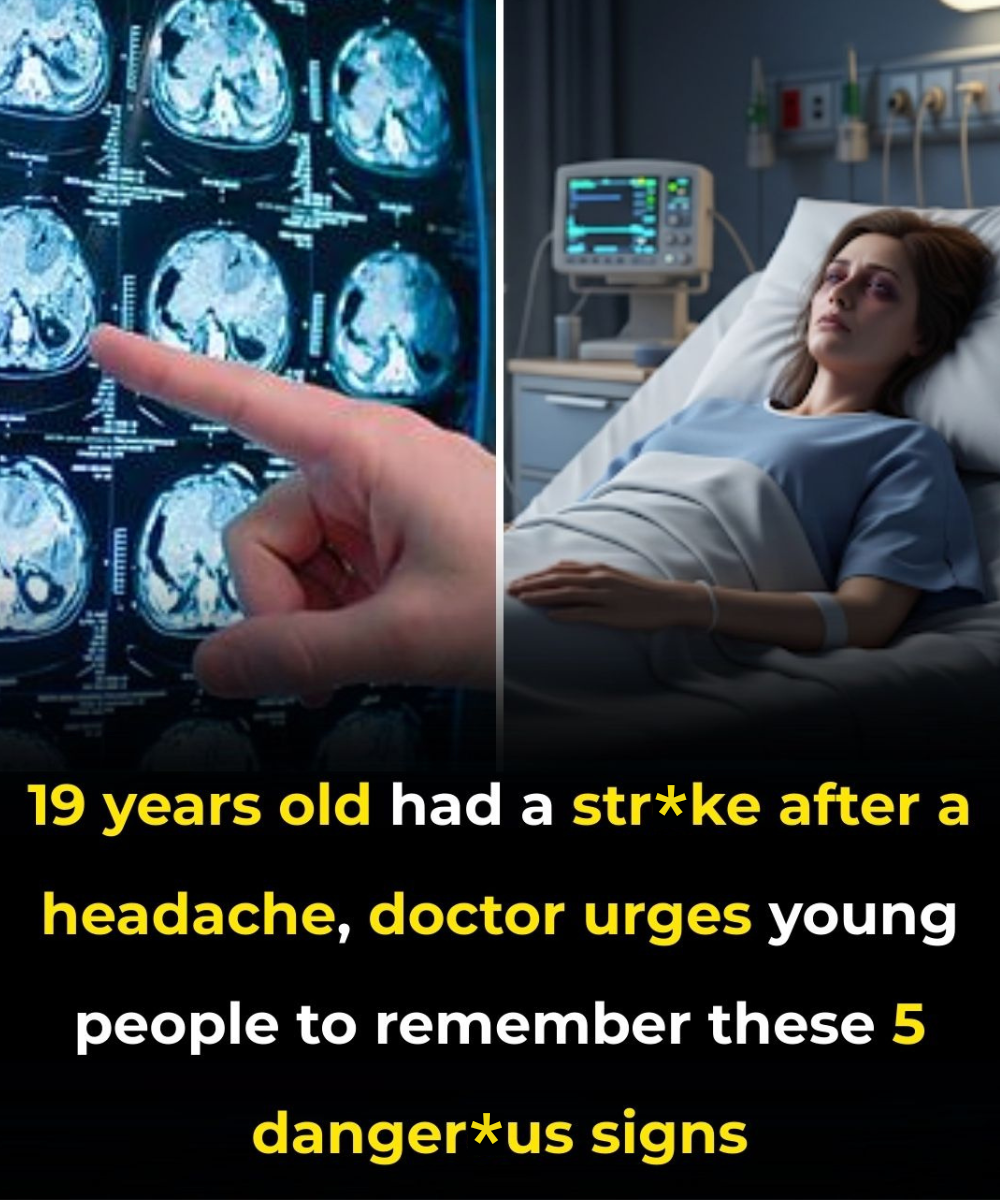
While strokes are often linked to aging, they can happen at any age.
According to the American Heart Association, stroke rates among people under 50 are on the rise, with U.S. diagnoses increasing by 40% in recent decades. Today, 10 to 15% of strokes occur in adults between 18 and 50.
Why Strokes Are Affecting Younger People
Several factors contribute to this growing trend. Alongside common risks like high blood pressure, blood clots, and diabetes, young adults face additional risks tied to genetics, pregnancy, and lifestyle choices.
Obesity, smoking, heavy drinking, drug use, and high cholesterol all raise stroke risk. Sickle cell disease is another major factor—almost one in four children with this condition suffer a stroke before age four.

Five Key Warning Signs of Stroke in Young Adults
1. Severe Headaches
A sudden, intense headache—unlike anything you’ve felt before—may signal a hemorrhagic stroke caused by a ruptured blood vessel in the brain. Because this type of stroke can progress quickly, immediate medical care is crucial.
2. Numbness or Weakness
Unexpected numbness, tingling, or weakness—particularly on one side of the body—can mean blood flow to part of the brain is blocked. Symptoms depend on which area is affected, ranging from weakness in an arm or leg to full paralysis.
3. Trouble Speaking or Understanding
Stroke can damage areas of the brain that control language, leading to slurred speech, confusion, or difficulty finding words. In some cases, the changes may be subtle at first, but any sudden issues with speech should be taken seriously.
4. Vision Problems
Blurred, double vision, or sudden loss of sight in one or both eyes may also point to a stroke. Immediate evaluation is necessary if vision changes occur suddenly.
5. Loss of Coordination
Difficulty walking, poor balance, or sudden clumsiness can be signs of a stroke affecting motor control. If this happens, medical attention should be sought right away.

Other Possible Symptoms
In addition to these five signs, other stroke symptoms may include:
Confusion or difficulty understanding speech
Problems swallowing
Nausea or vomiting
Sudden collapse or loss of consciousness
Acting Quickly Saves Lives
Not everyone will experience the same warning signs. Some may show only one or two symptoms, while others may display several at once. Regardless, the message is the same: if you or someone you know suddenly experiences any of these issues, seek emergency care immediately. Swift treatment can make the difference between recovery and long-term damage.